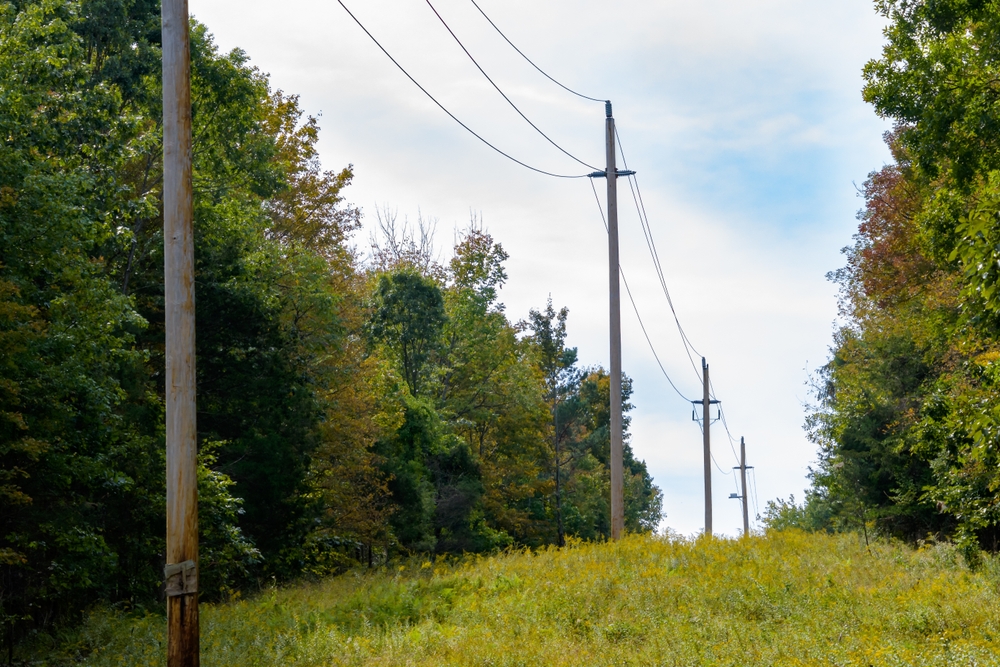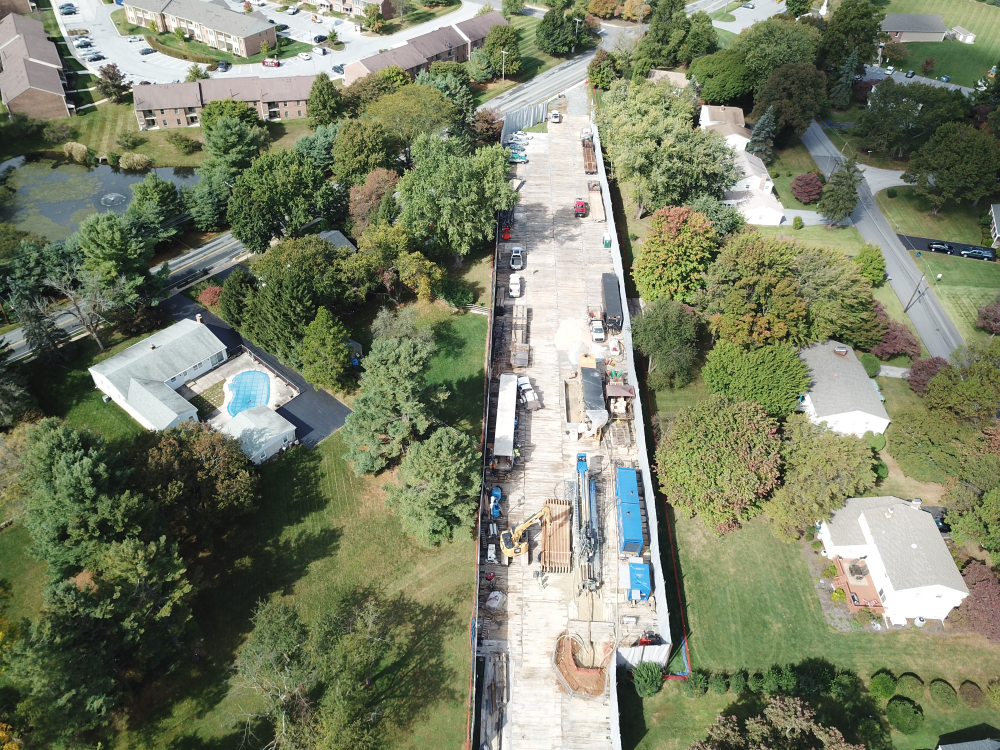In real estate, an easement is a legal right to use someone else's land for a specific purpose. While the term might sound complex, understanding property easements is crucial for homeowners, particularly in the Southern states, where rural land and infrastructure development often involve such legal arrangements. Whether you’re buying, selling, or maintaining property, having a solid understanding of easements can save you time, and money, and avoid potential legal conflicts down the road.
This guide will walk you through what property easements are, why they matter, and how they can impact homeowners in the Southern United States.
What is a Property Easement?
At its core, an easement is a legal right that allows one party to use another party’s property for a specific purpose. This right doesn’t grant ownership of the property but allows access or usage in ways that support certain needs or services.
For example, a utility company might have an easement to run power lines across a private property, or a neighbor might have the right to cross your land to access their own. Easements can be broad or specific, with purposes ranging from utility access to shared driveways or even rights-of-way for walking.
In Southern states, where large rural properties are common and infrastructure such as roads, pipelines, or power lines cross private land, easements are a frequent occurrence. Understanding these rights is key to maintaining your property’s value and avoiding disputes.
Types of Property Easements
There are several types of easements, each serving a different purpose. The main types include:
1. Appurtenant Easement
An appurtenant easement benefits a specific property (known as the dominant estate) and affects another (known as the servient estate). For example, if a landlocked property needs access to a public road, the owner might obtain an easement over a neighbor’s land to create a driveway. This type of easement runs with the land, meaning it remains in effect even if the property is sold.
2. Easement in Gross
Unlike an appurtenant easement, an easement in gross benefits an individual or entity rather than a specific piece of land. A typical example is a utility easement, where a utility company may have the right to run power lines or water pipes across your land. These easements generally don’t transfer with the land but are tied to the specific entity that holds the easement.
3. Prescriptive Easement
A prescriptive easement is gained by continuous and overt use of someone else's property without permission, often over a period of years. This can happen when a person consistently uses a portion of someone else's land (such as a private driveway) without objection from the property owner. Over time, this consistent use can establish an easement that may be legally enforceable.
4. Easement by Necessity
This type of easement is established when a property is landlocked and access to a public road or utility is necessary for the property's use. If no other access point is available, the law may grant an easement by necessity to allow the property owner a legal route to access their land.
How Easements Affect Property Owners
Easements can affect property owners in a variety of ways, and it's essential to understand their implications before buying or selling property.
1. Limited Use of Property
When an easement exists on your property, you’re restricted in how you can use that part of the land. For example, if a neighbor has a right-of-way easement across your property to access their own, you cannot block that path with fences, buildings, or other obstructions. Similarly, utility easements often give companies the right to dig up or maintain infrastructure on their property.
2. Property Value
Easements can influence the market value of a property. Some easements, particularly those that allow access or utility companies to install infrastructure, might decrease a property’s appeal due to the restrictions they place on its use. On the other hand, easements that provide access (such as a shared driveway or access to a public road) may increase the value of a property.
3. Maintenance Responsibilities
Depending on the type of easement, the property owner may be responsible for maintaining the area over which the easement runs. For example, if you have an easement that allows others to use a private road, you may be responsible for keeping it in good condition. However, easements typically spell out the responsibilities of both parties, so it’s important to review any easement agreement carefully.
4. Disputes and Conflicts
Easement disputes are not uncommon, especially in areas where properties are large, rural, or developed without clear boundaries. Conflicts can arise if a property owner feels that their rights are being infringed upon, such as a neighboring property owner blocking a path or failing to maintain an easement. In the Southern states, where large tracts of land are common, these issues can become particularly contentious.
Easements in the Southern States: Special Considerations
While easements exist nationwide, the Southern states present some unique challenges when it comes to property easements. Here are a few specific considerations for homeowners in these regions:
1. Rural Properties and Access
Southern states often have large rural areas where properties are spread out, and roads may not always be clearly defined or maintained. In some cases, a property might be landlocked or have limited access, requiring an easement for practical use. It’s important to clarify the easements related to road access or paths in these situations.
2. Utility Easements
In Southern states, where industries like oil and gas, agriculture, and energy production are prominent, utility and pipeline easements are common. These easements may allow companies to place or maintain pipelines, electric lines, or other infrastructure across your property. Property owners should carefully assess these easements, as they can have a significant impact on land usage, property value, and maintenance responsibilities.
3. Environmental Considerations
Southern states often feature unique environmental landscapes, including wetlands, forests, and coastal areas. Easements in these regions might involve environmental protection clauses, limiting the development or alteration of certain natural areas. For example, certain easements may prevent homeowners from clearing trees or engaging in activities that could harm the environment.
Get Your Property’s Easements Reviewed
If you’re considering buying or selling a home in the Southern States, or if you have concerns about easements on your property, it's important to get a comprehensive review. Consulting with a local real estate attorney or agent can help you navigate the complexities of property easements and ensure your investment is protected. Don’t wait—take the first step today to safeguard your property’s future.



